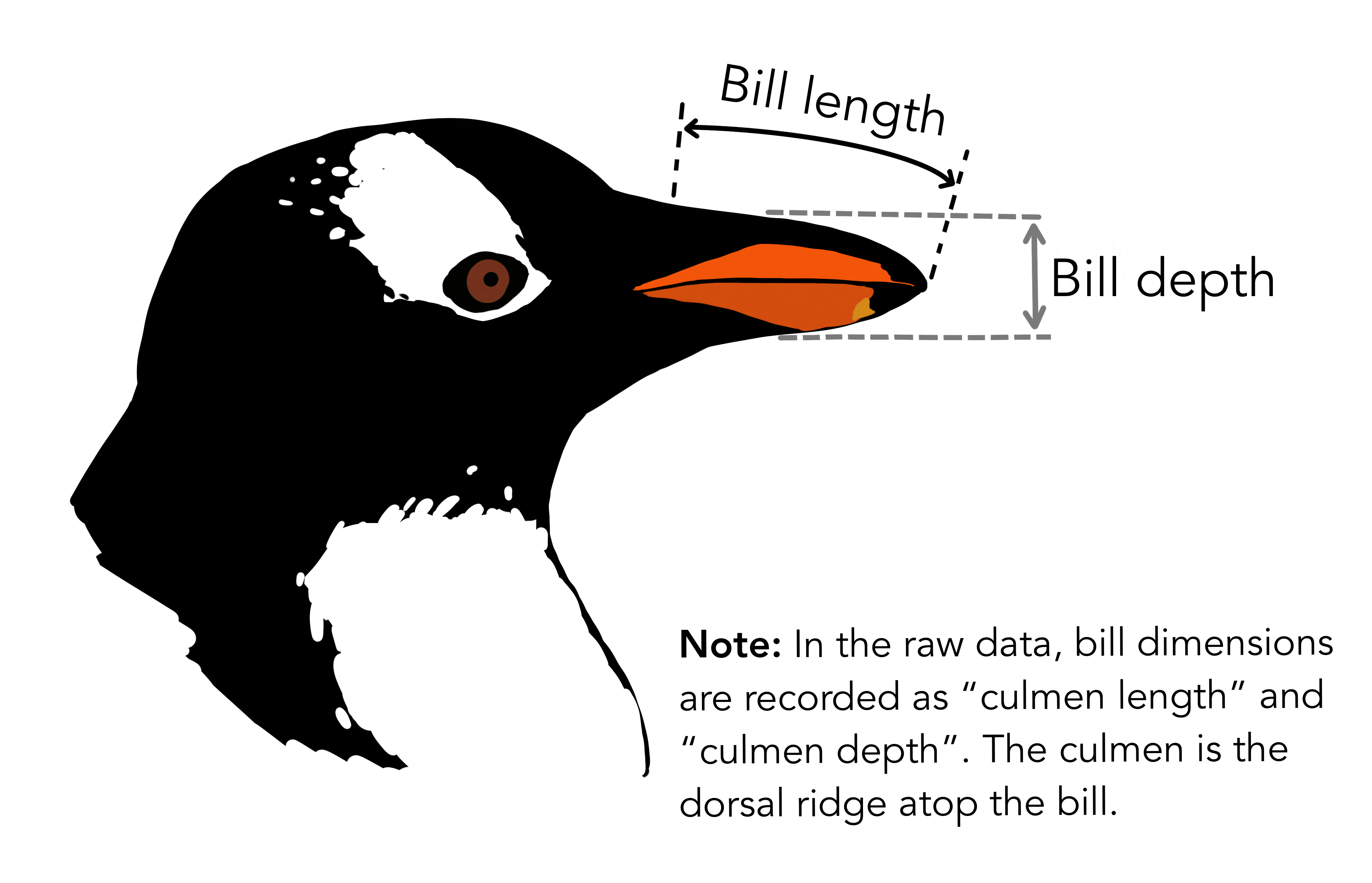array([[35.7, 51. , 50.8, 53.5, 43.5, 38.1, 42.3, 32.1, 36.4, 42.5, 49.3,
35. , 42.2, 40.3, 42.9, 51.4, 35.2, 47.5, 43.6, 45.8, 45.7, 48.7,
45.4, 51.3, 40.8, 55.9, 46. , 51.3, 49.5, 51.5, 50. , 49. , 40.8,
45.7, 46.8, 50.5, 49.6, 43.5, 38.6, 46.9, 51.1, 49.5, 41.1, 50.5,
49.5, 42.8, 50.4],
[46.5, 49. , 45.8, 48.1, 49. , 40.9, 41.3, 41.1, 38.2, 39. , 38.9,
39.2, 52. , 48.5, 38.1, 52.1, 44.9, 36.9, 40.7, 36. , 46.5, 47.5,
41.4, 37.6, 46.7, 41.8, 38.8, 50.1, 41.5, 50.7, 47.2, 37.7, 37. ,
35.9, 46. , 32.1, 42.4, 43.5, 49.9, 39.2, 39. , 41.7, 50.2, 48.2,
43.5, 51.1, 46.4],
[51.5, 38.6, 48.7, 36.2, 40.2, 43.5, 46.4, 48.8, 52.8, 41.4, 52.2,
46.1, 38.2, 47. , 41.1, 40.9, 47.6, 46.2, 50.2, 42.2, 39.6, 49.1,
46.7, 49.5, 45.1, 50.2, 49.3, 49.5, 46. , 50.8, 37.6, 43.3, 38.3,
46.5, 50.7, 36.3, 39.6, 54.2, 49. , 46.7, 39.7, 41.1, 45.2, 37. ,
44. , 41.1, 54.2],
[36.7, 51.3, 41.1, 36. , 42.9, 41.6, 46.8, 47. , 45.5, 39.2, 36.6,
45.8, 46. , 40.6, 43.5, 36.7, 49.5, 43.2, 50.8, 43.8, 46.5, 46. ,
51.1, 37.9, 50. , 35.1, 50.1, 47.7, 39.5, 49. , 50.6, 51.4, 42.7,
42.5, 35.1, 46.2, 48.4, 45.9, 46.4, 36.6, 41.8, 37.2, 48.4, 42.3,
45.5, 51.5, 48.8],
[42.2, 53.4, 45.5, 49. , 46.5, 45.5, 35.7, 50.2, 37. , 47.7, 37.9,
43.3, 36.6, 38.1, 47.2, 47.2, 45.5, 36. , 48.7, 52.5, 42.2, 34.5,
48.7, 36. , 42.2, 39.6, 44.1, 34.6, 50. , 50.8, 39.3, 38.2, 43.5,
37.6, 37. , 45.2, 42.5, 41.1, 36.3, 46.8, 50.5, 39.6, 45.2, 50. ,
46.2, 35.7, 39.2]])

